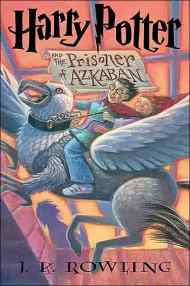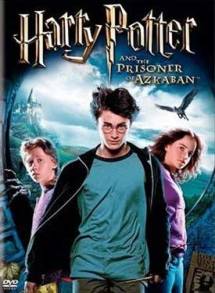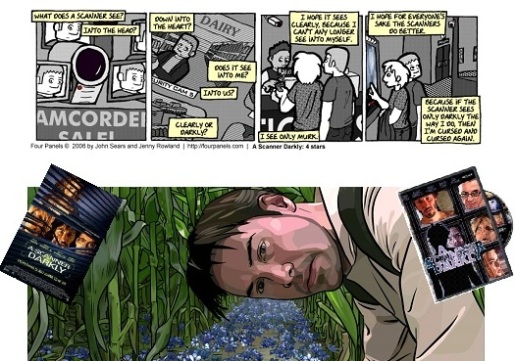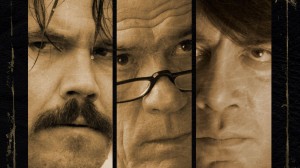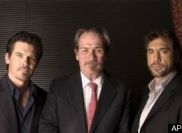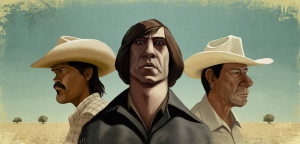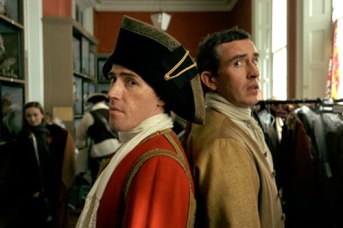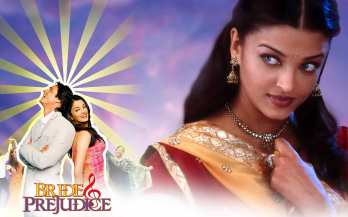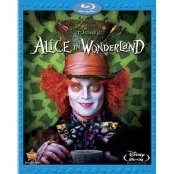Pride and Prejudice
Pride and Prejudice is a novel written by Jane Austin in the eighteenth century. The story shows the ups and downs of the lives of the Bennett family in England. The Bennett family has five daughters that have grown up in an upper-class home. In order to keep the home, one of the daughters will have to marry Mr. Collins. The novel focuses on the preoccupation of the girls and marriage. The preoccupation of marriage is primarily because they need to enter into a marriage that brings benefits of money, status, and/or land. Many of the suitable bachelors derive from an inheritance that secures their future, a business that promises sustainable income, or stature that aligns with the pursuit of the Bennett girls.
The characters Elizabeth and Darcy encounter one another on three occasions and it is during these occasions that their relationship undergoes admiration, stress, tension, miscommunication, and prejudice. Upon their first meeting in an assembly hall, many admire the handsomeness and high price ticket of ten thousand dollars that Darcy makes per year. However, the wealth of Darcy makes him arrogant and proud, thus turning possible expectations into renegotiations. As time progresses through the novel, Elizabeth hears words from Darcy with a virtual filter that screens out any innocence and only hears arrogance and haughtiness.
Elizabeth seems to be a very playful, yet honest personality with humorous traits that makes her a very likeable character. Elizabeth’s personality is very different from Darcy’s personality. Darcy critiques his personality by saying, “as a child I was taught what was right, but I was not taught to correct my temper. I was given good principles but left to follow them in pride and conceit. My parents allowed, encouraged, almost taught me to be selfish and overbearing” (Wootton). Darcy’s disposition is perceived as a result of his class, stature in society, cultural supremacy, and education. In one instance, Darcy is offensive by refraining from participating at the provincial dance, leaving women without dance partners. As the story progresses, Darcy confesses that he is an outsider that is reserved by nature and finds it difficult to perform to strangers. The disposition of Darcy causes Elizabeth to gossip and possess a reluctant submission to Darcy as a male figure. In order for Darcy to gain Elizabeth’s favor, Darcy much unlearn “his pompous behavior and become a new gentleman” (Wootton).
In order for a renewed relationship to emerge between Elizabeth and Darcy, the new gentleman must become someone that Elizabeth can relate to and feel comfortable to be around. Elizabeth and Darcy have to shed the pride that they possess and the prejudice that has been created between the two of them as a result of the conversations and misunderstandings. They must gain a deeper appreciation for one another, the temperament of one another and value the traditions, customs and beliefs of each other. As they come to a realization that a relationship can occur, “Elizabeth gains the validity of class relationships and Darcy learns to respect the innate dignity of the individual” (Moler). When they get married, the novel concludes with a descriptive summary of the activities and futures they will have with their family and friends.
Pride and Prejudice deals with issues such as love-hate battles, battles of the sexes, social classism and stereotyping. As the novel progresses, there is a moral or a lesson for readers to understand that without pride that tends to lead to prejudice, issues can be resolved and people can move past differences. As this story ends with a happy ending, it subliminally suggests that when we are able to resolve and move past issues, there is a sense of future happiness that becomes available.
Bride and Prejudice
Bride and Prejudice is a Bollywood film by directed by Gurinder Chadha. Chadha is a multicultural woman and understands the differences cultures can have on people, especially males and females. In an interview with Chadha she says she started making films without any formal training for the sole purpose of “wanting someone to have a say in the way people were represented on screen and in the media” (Chada).
The film takes the story-line from a white-on-white novel to a white-on-Indian perspective. While focusing on the Indian perspective adds a global culture issue to the screen. This is effective in taking both the British culture and the Indian culture applying the same themes of the novel across a multicultural dynamic. The multicultural traditions are incorporated into the film through even the slightest of considerations, such as clothing. Darcy is unable to participate in the festivities because his Indian pants are too large and they keep falling down. Therefore, refusing to participate was misunderstood and perceived as arrogant and rude.
As the film progresses, Darcy makes general comments about his limited amenities in the Indian hotel where he stays during his visit and finds that his comments are taken offensively because his hotel is among the very finest that India has to offer. His comments unknowingly suggest that India’s finest, is incomparable and intolerable to the British Darcy. This suggests to the Bakshi family that Darcy would rather connect with the world than with the family. This brings increasing distance between Lalita and Darcy and interference with the way Lalita hears anything Darcy says.
When Lalita visits Darcy and meets his mother, Lalita is able to see the origination of Darcy’s ignorance – his mother. The mother make Lalita feel extremely uncomfortable and insignificant. Not only does the mother mention that she is looking for the right white woman for his son, she invites his girlfriend to the house to send a clear message to Lalita. Lalita is able to see that the British customs and traditions are hurtful, thoughtless, and painful and wants nothing to do with Darcy and his family.
While Darcy is at home with his mother, Chadra helps the audience to see new kind-hearted traits in Darcy. Lalita is able to see a new side of Darcy. This new Darcy is what she will need to remember and fall in love with him. It is this newfound love that Lalita is able to reflect on and answer positively to marry Darcy. As the film ends with Darcy and Lalita riding on the elephant, there is a happy ending with “just married” on the back of the elephant.
Adaptation
In the adaptation, Bride and Prejudice is a Bollywood musical. The musical works because not only is the novel conveyed in acting, but there is further understanding through the lyrics and personalities revealed by the dancing. The first meeting is adapted from the novel by modifying the assembly hall meeting to a rehearsal dinner with singing and dancing by the wedding party. Like the novel, Chada decides to keep Darcy’s refusal to dance and refusal to meet other guests. It is Darcy’s distance and failure to mingle and participate that causes him to have a reputation of being “the proudest, most disagreeable man in the world” (Mathur). Darcy’s behavior demonstrates his indifference with the Indian culture and prevents him from winning the heart of Lalita (Elizabeth in the novel).
Chadra says, “I’ve seen enough movies with Indian women running off with white guys” (Chada). This makes the multicultural aspect of the movie very dynamic. The multicultural aspect of the adaptation makes the differences more magnified as issues between the characters and the families of the characters. Physically seeing the difference and hearing the differences in opinion makes the novel come alive in a much more vivid way.
The ending was very much an added adaptation. In the end, Lalita and Darcy are riding on the back of an elephant with a banner on him saying “Just Married.” This ending was extremely effective for the Indian culture and wedding ending.
Works Cited
Pride and Prejudice: Jane Austen’s “Patrician Hero”
Kenneth L. Moler
Studies in English Literature, 1500-1900 , Vol. 7, No. 3, Restoration and Eighteenth Century (Summer, 1967), pp. 491-508
Published by: Rice University
Article Stable URL: http://www.jstor.org/stable/449604
The Byronic in Jane Austen’s “Persuasion” and “Pride and Prejudice”
Sarah Wootton
The Modern Language Review , Vol. 102, No. 1 (Jan., 2007), pp. 26-39
Published by: Modern Humanities Research Association
Article Stable URL: http://www.jstor.org/stable/20467150
Turning Color
Susan Koshy and Gurinder Chadha
Transition , No. 72 (1996), pp. 148-161
Published by: Indiana University Press on behalf of the W.E.B. Du Bois Institute
Article Stable URL: http://www.jstor.org/stable/2935366
Mathur, Suchitra. “From British “Pride” to Indian “Bride”: Mapping the Contours of a Globalised (Post?) Colonialism.” M/C Journal 10.2 (2007). 24 Jan. 2013 <http://journal.media-culture.org.au/0705/06-mathur.php>.


